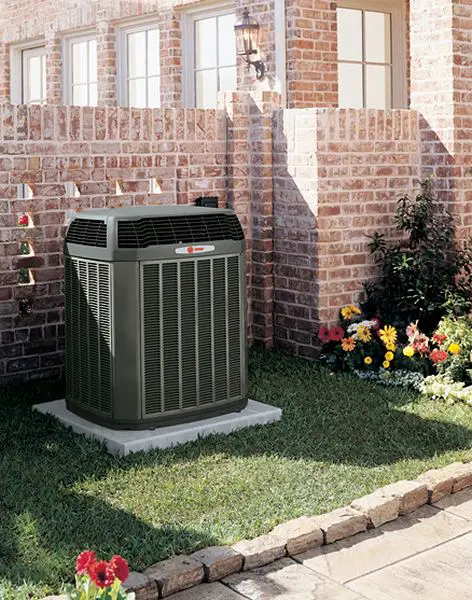When purchasing an air conditioning system the options can seem a bit confusing. What is the difference between a split system and a package system? Is a window unit efficient enough for your needs? How does a zone cooling system work? Knowing the simple answers to these questions can help you determine what system best fits your needs. In this article we will go over the most common types of systems and some things to consider about each.
Window Unit
Window units are the most affordable cooling option and work well for households and offices that are on a tight budget. However, they are rarely the best choice if you want your building cooled efficiently. The best situation to use a window unit is in a small area (typically a small commercial space or apartment) that you do not own. Because window units are removable and require no major structural changes to the building, they can easily be installed and uninstalled. They are best at cooling a single room, which makes them ideal for studio apartments and offices. They will not work efficiently in larger homes or commercial spaces, because they are designed only to blow air into a single specific area.
Central Air Split System
A “split system” is called such because it is split into two parts. One component of the system is placed outside of the building, and the other is located within the building. The component on the outside of the building draws in air and uses a refrigerant to cool the air. Once the air has been cooled in the outside unit, it is transferred to the inside unit where it is dispersed amidst the building using a system of fans and ducts. The split system does require ducts, which may mean that your home will require some remodeling in order to add necessary airways for the cooling system within your home. With that being said, a central air split system is one of the most energy-efficient cooling systems to use and overtime the initial cost will pay for itself in energy savings.
Central Air Packaged System
A “packaged system”, like the split system, is named as such because all of the components of the air conditioner are packaged into a single unit. The entire air conditioning unit is typically installed on a roof or near the foundation. A duct is used to draw air in from outside of the home, the system cools that air, and then the air is immediately dispersed within the building via the same system of ducts and fans that are used with a split system. A packaged system is ideal for buildings that do not have an outdoor space to place a component of the split system. Like the split system, the packaged system requires a duct system within the home in order to operate. If your home does not already have ducts installed, this can warrant a remodeling project in order to install.
Ductless System
What if your home does not have ducts installed or has no way to have them installed? A ductless system is then the ideal choice for you. Like window units, a ductless system is ideal for cooling only one single room. The unit is similar in make-up to the central air split system, but is typically much smaller. A ductless unit is usually installed in every room to ensure the entire home is cooled efficiently. This unit will require no major remodeling project to install ducts within the building, but it can be a bit pricier to initially purchase because you will be investing in multiple smaller units rather than one larger one. The systems usually come with a remote to make managing the temperature a cinch and they are extremely flexible.
Being aware of the basic differences between the most common air conditioning units can help you be a more well-informed and conscientious buyer. Your local HVAC representative can help you determine which system is most appropriate for your needs, and help you determine the costs of each unit’s installation in your home.
